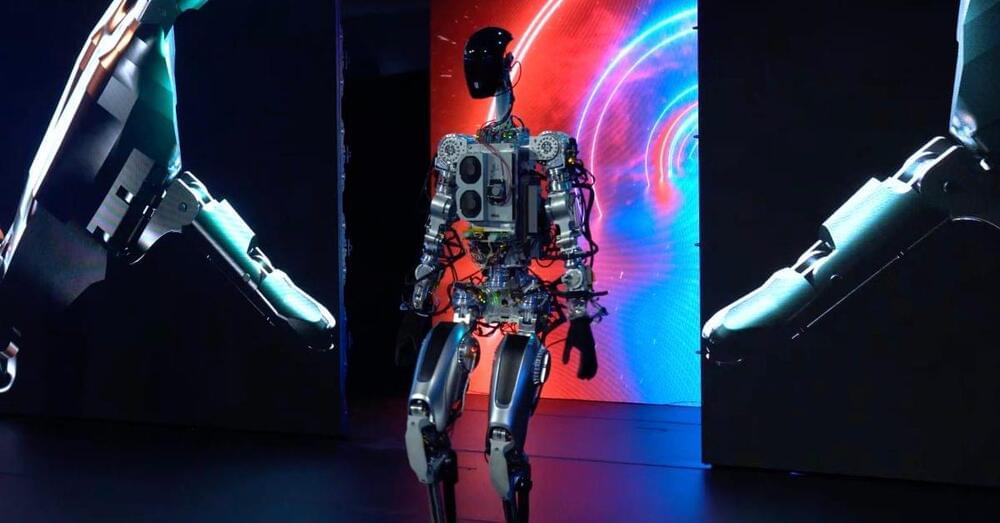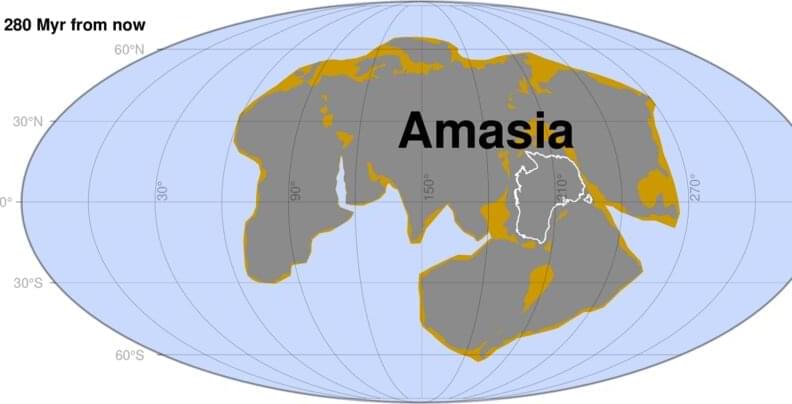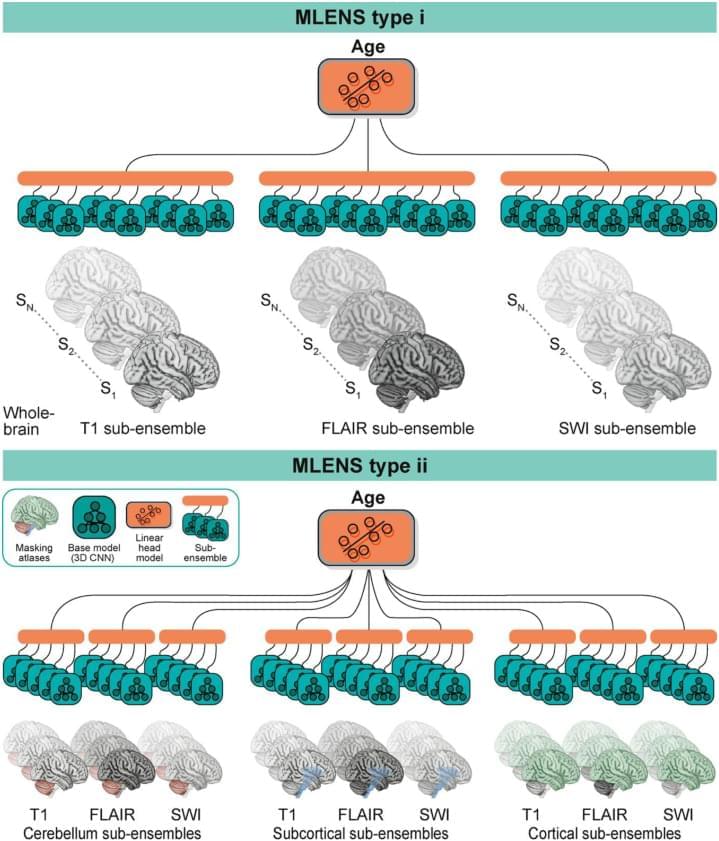This post is also available in:  עברית (Hebrew)
עברית (Hebrew)
As everyday technologies get more and more advanced, cyber security must be at the forefront of every customer. Cyber security services have become common and are often used by private companies and the public sector in order to protect themselves from potential cyber attacks.
One of these services goes under the name Darktrace and has recently been acquired by Cybersprint, a Dutch provider of advanced cyber security services and a manufacturer of special tools that use machine learning algorithms to detect cyber vulnerabilities. Based on attack path modeling and graph theory, Darktrace’s platform represents organizational networks as directional, weighted graphs with nodes where multi-line segments meet and edges where they join. In order to estimate the probability that an attacker will be able to successfully move from node A to node B, a weighted graph can be used. Understanding the insights gained will make it easier for Darktrace to simulate future attacks.







